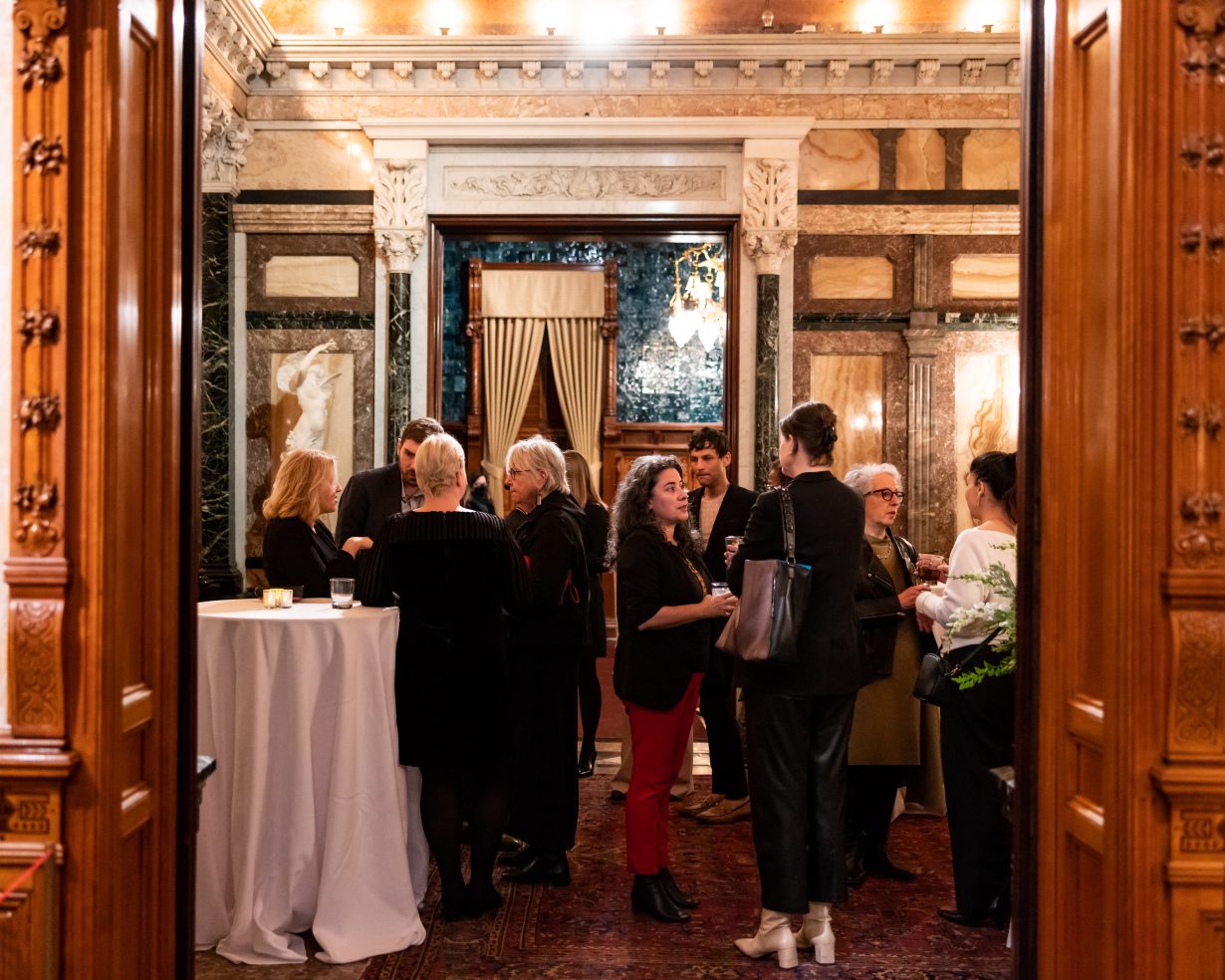The non-stop party that is the art market of the last decade has of course roared regardless of economic downturn or conflicts around the world, but nothing lasts forever
Don’t worry, the art market is, still, doing just fine. Or at least that’s the takeaway from The Art Market 2023, the latest annual overview of the global artworld’s buying and selling, published jointly by Swiss art-fair giant Art Basel and Swiss banking giant (and Art Basel sponsor) UBS. ‘Global art sales increased by 3% year-on-year to an estimated $67.8 billion, bringing the market higher than its pre-pandemic level in 2019’, it chirps in its introduction – it’s a figure up there with the art market’s post financial-crash all-time high of $68.2bn (in 2014), so the sense that the dreadful pandemic years are behind it is palpable. Yet this year’s apparent optimism is fringed with the gloom of the current moment; Christl Novakovic, head of UBS wealth management for Europe, solemnly notes the art market’s rebound ‘despite severe economic uncertainty and the return of war to Europe’.
The non-stop party that is the art market of the last decade has of course roared on regardless of conflicts around the world, but the ‘return of war in Europe’, even as Art Basel gears up for its home edition next month, hints at growing anxieties, even among the super-rich, of a world economic order that could be coming apart at the seams. With unfortunate timing, the report was published two weeks after the rescue, by UBS, of Switzerland’s second largest bank Credit Suisse, itself following in the wake of the crash of US banks Silicon Valley Bank and Signature.
Of course, banking jitters don’t connect directly to the fortunes of the very wealthy and their taste (and budget) for contemporary art; if the Art Market Report, which has been published annually since 2017, tells us anything, it’s that the financial crash of 2008, and the ensuing decade of austerity and economic drift, didn’t really figure for the art market and its clients. The global class of art buyers floats above such troubles, and always has done.

Nevertheless, this year’s report indicates how this detachment is evolving. One of the most significant trends here is the relentless upscaling of the market, away from galleries selling work at the bottom end of the market, and toward those who regularly sell works costing over $10m. The report also notes the uptick in the number of galleries operating over more than one site in multiple regions. So as the art market skews towards bigger galleries and pricier sales, it’s also steadily becoming more internationalised, while the pandemic also provoked the further geographical dislocation of sales by accelerating the use of online sales and auction platforms.
Art was never some grass-rootsy form of local folk culture, but this de-locating of the artworld is a trend that makes the culture of art even more detached and aloof of audiences on the ground, as both galleries and art fairs become more internationally integrated. It’s ironic, too, that just as UBS gobbled up its rival Credit Suisse, so Art Basel in 2022 moved to oust the longstanding Paris art fair FIAC from its old venue and dates, installing its own ‘Paris +’ fair to join its fairs in Miami, Basel and Hong Kong. 2022 also saw ArtBasel’s only other big rival, the American-owned Frieze, extend to Asia with its inaugural Frieze Seoul opening last September.
But this high-ending and globalizing of the art market also dislocates the ways in which artists can become visible. The report frets about the emergence of ‘ultra-contemporary’ artists, those young(ish) artists (Anna Weyant and Christina Quarles among them) catapulted into visibility by high-profile, first-time-at auction, $1m-plus sales. So the low-end of the art market dwindles, the base of more numerous but modestly-resourced collectors fades, and the tastemakers in art become increasingly rarefied and detached, the art only relevant to an increasingly narrow audience of collectors.
The art market is doing just fine, but at what point should we stop caring? In all the detail of the Art Market Report it’s easy to miss the headline trend. Markets are cyclical, of course, shrinking and growing, but that cycle is flatlining. After the post-pandemic rebound of 2021, 2022 was the weakest year for growth in sales since the financial crash – and the trendline is downwards. For all its vast wealth, the global art market is running on fumes.
